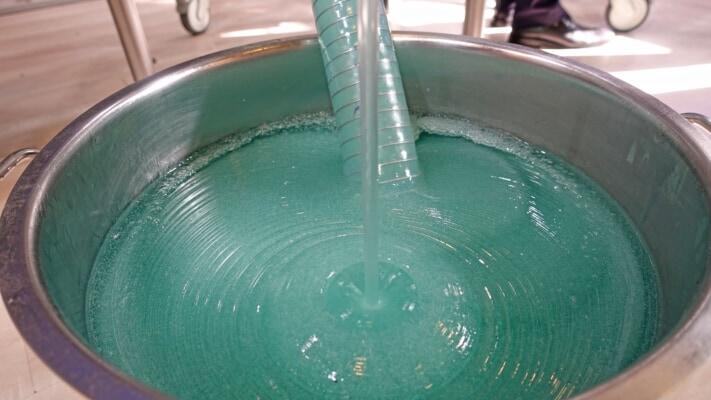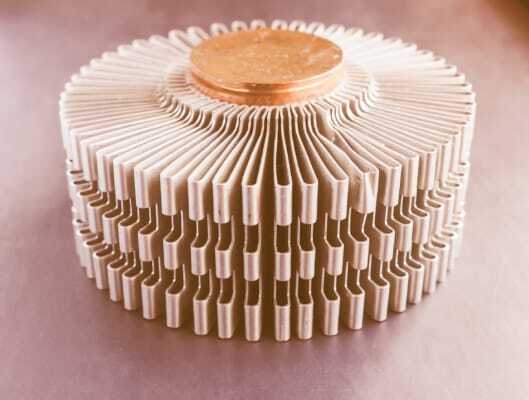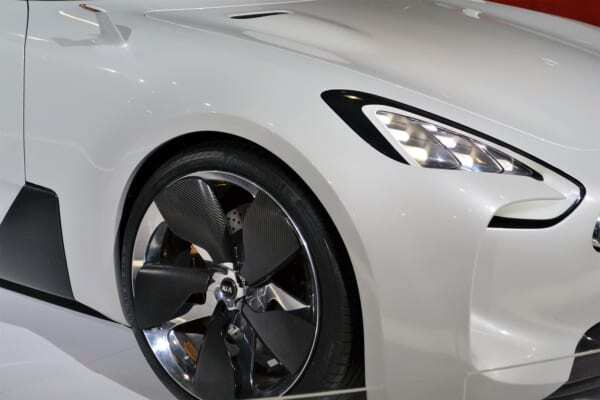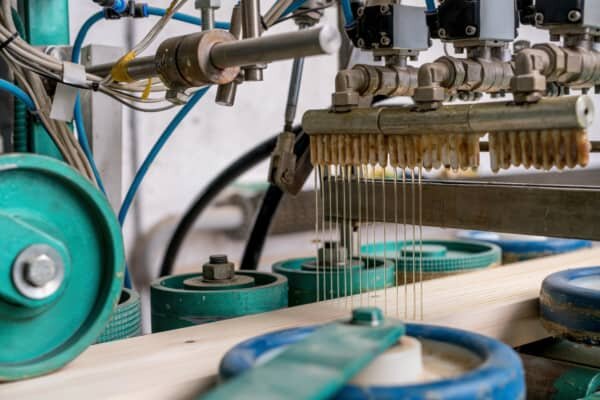Improved light curing adhesive technology

Latest light curing adhesive technology enables faster production
Many industries make use of one or two component adhesives in order to realize the bonds required by their manufacturing processes. However, the process is slowed down as single component products need 30 minutes to an hour and a half to reach final strength when heat curing is used. 2K products do not ease the problem, on the contrary, some of them may even cause a 24 hour delay in production due to slow curing. Fortunately, the development of light curing adhesive technology allows for new and faster solutions enabling more efficient production. In some cases full cure of light curing adhesives can be reached within a single second.
Light curing adhesives are not necessarily a type of adhesives but rather describes a curing process. These adhesives cure when they are exposed to UV and/or visible light. The chemistry of the adhesive supports the process.
4 areas where light curing technology has improved
Light curing adhesive technology has struggled with trust issues regarding strength and reliability. However, this only encouraged the development of improved chemistries behind light cure products. Now light curing technology can be used on a wider range of materials in terms of both: substrates and adhesives. The technology is also continuously being developed to ensure flawless and complete curing while speeding up the manufacturing cycle.
1. Dual-curing and adjusted formulation
One of the technological developments in light curing adhesives is the use of dual-curing products which reduce the chance of shadow areas left uncured. Other developments, in turn, target necessary adaptations in the adhesive formulation to enable wider use of light curing adhesives in industries such as transport vehicle assembly.
2. Light curing also for opaque adhesives
Light curing used to be an option only for transparent adhesives, nevertheless, also opaque systems can now benefit from light curing technology: the required layer thickness has been addressed in order to reach successful light cure of black adhesives. Additionally, humidity curing portion has been added to trigger crosslinking even in shadow areas. This allows for better light cure in applications such as public transport vehicle panel bonding.
3. Pre-activation with light curing adhesive technology
When bonding opaque materials which do not let the light reach the adhesive, pre-activation can be beneficial and save time. The pre-activation is done by applying the adhesive to only one of the substrates and immediately irradiating it prior to joining to the other substrate.
4. Development of light sources
The light curing adhesive technology has also been approached from the bright side: high intensity LED curing lamps have successfully sped up the adhesive cycle thanks to the on-going improvements of light curing adhesive technologies. This remarkably increases the spped of manufacturing cycles of for instance rail vehicle body structures.
What solution are you looking for?
We are specialized in the improved light curing adhesive technology. Need the best products or advice? Then please leave your details and we will get in touch.





